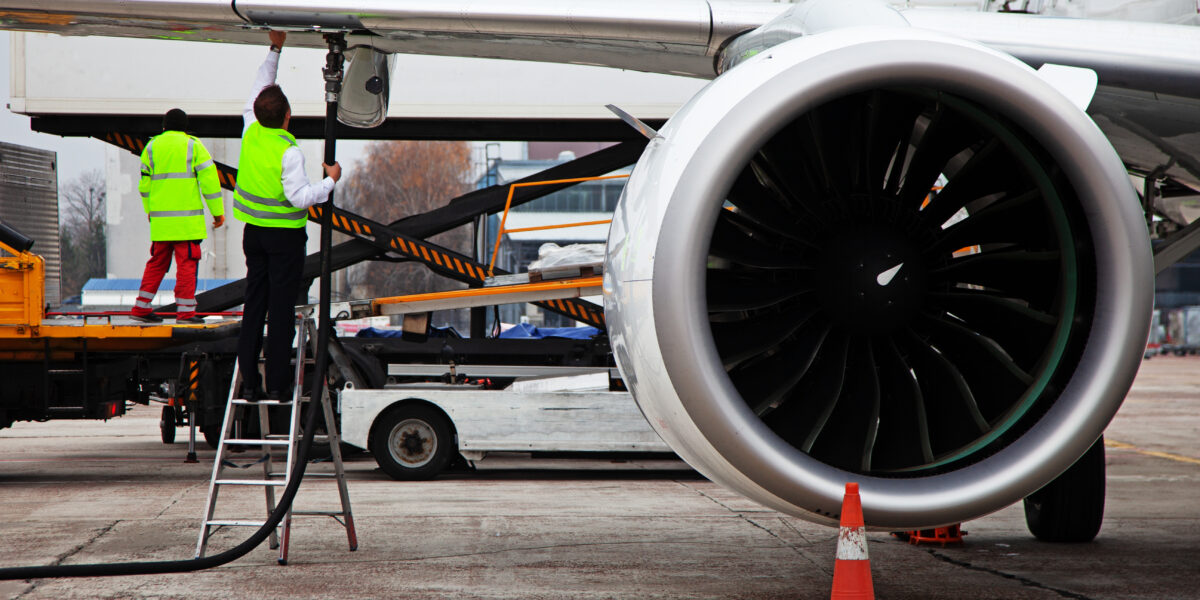News
Applicable Inland Fuel Surcharge – Week 8 (02/20/23-02/26/23)
Applicable Inland Fuel Surcharge – Week 8 (02/20/23-02/26/23) – 45% Fuel surcharge percentages for shipments are subject to a weekly adjustment. The fuel surcharge is based on the price per gallon of diesel fuel stated by the U.S. Department of Energy in their weekly Monday reports. The effective periods are from Monday in the succeeding week through the next Sunday.
Applicable Inland Fuel Surcharge – Week 7 (02/13/23-02/19/23)
Applicable Inland Fuel Surcharge – Week 7 (02/13/23-02/19/23) – 45% Fuel surcharge percentages for shipments are subject to a weekly adjustment. The fuel surcharge is based on the price per gallon of diesel fuel stated by the U.S. Department of Energy in their weekly Monday reports. The effective periods are from Monday in the succeeding week through the next Sunday.
Applicable Import Airline Fuel Surcharge – Week 7 (02/13/23-02/19/23)
Applicable Import Airline Fuel Surcharge – Week 7 (02/13/23-02/19/23) – Lufthansa Block Space Agreement – 1.05€ per kilogram Fuel surcharge percentages for shipments are subject to a weekly adjustment. The fuel surcharge is based on the airline’s published applicable fuel surcharge at a per kilogram rate based on the chargeable weight of the cargo. The effective periods are from Monday
Applicable Import Airline Fuel Surcharge – Week 6 (02/06/23-02/12/23)
Applicable Import Airline Fuel Surcharge – Week 6 (02/06/23-02/12/23) – Lufthansa Block Space Agreement – 1.15€ per kilogram Fuel surcharge percentages for shipments are subject to a weekly adjustment. The fuel surcharge is based on the airline’s published applicable fuel surcharge at a per kilogram rate based on the chargeable weight of the cargo. The effective periods are from Monday
Applicable Inland Fuel Surcharge – Week 6 (02/06/23-02/12/23)
Applicable Inland Fuel Surcharge – Week 6 (02/06/23-02/12/23) – 45% Fuel surcharge percentages for shipments are subject to a weekly adjustment. The fuel surcharge is based on the price per gallon of diesel fuel stated by the U.S. Department of Energy in their weekly Monday reports. The effective periods are from Monday in the succeeding week through the next Sunday.
Applicable Inland Fuel Surcharge – Week 5 (01/30/23-02/05/23)
Applicable Inland Fuel Surcharge – Week 5 (01/30/23-02/05/23) – 45% Fuel surcharge percentages for shipments are subject to a weekly adjustment. The fuel surcharge is based on the price per gallon of diesel fuel stated by the U.S. Department of Energy in their weekly Monday reports. The effective periods are from Monday in the succeeding week through the next Sunday.
Applicable Import Airline Fuel Surcharge – Week 5 (01/30/23-02/05/23)
Applicable Import Airline Fuel Surcharge – Week 5 (01/30/23-02/05/23) – Lufthansa Block Space Agreement – 1.15€ per kilogram Fuel surcharge percentages for shipments are subject to a weekly adjustment. The fuel surcharge is based on the airline’s published applicable fuel surcharge at a per kilogram rate based on the chargeable weight of the cargo. The effective periods are from Monday
Applicable Import Airline Fuel Surcharge – Week 4 (01/23/23-01/29/23)
Applicable Import Airline Fuel Surcharge – Week 4 (01/23/23-01/29/23) – Lufthansa Block Space Agreement – 1.15€ per kilogram Fuel surcharge percentages for shipments are subject to a weekly adjustment. The fuel surcharge is based on the airline’s published applicable fuel surcharge at a per kilogram rate based on the chargeable weight of the cargo. The effective periods are from Monday
Applicable Inland Fuel Surcharge – Week 4 (01/23/23-01/29/23)
Applicable Inland Fuel Surcharge – Week 4 (01/23/23-01/29/23) – 45% Fuel surcharge percentages for shipments are subject to a weekly adjustment. The fuel surcharge is based on the price per gallon of diesel fuel stated by the U.S. Department of Energy in their weekly Monday reports. The effective periods are from Monday in the succeeding week through the next Sunday.
Applicable Import Airline Fuel Surcharge – Week 3 (01/16/23 – 01/22/23)
Applicable Import Airline Fuel Surcharge – Week 3 (01/16/23-01/22/23) – Lufthansa Block Space Agreement – 1.15€ per kilogram Fuel surcharge percentages for shipments are subject to a weekly adjustment. The fuel surcharge is based on the airline’s published applicable fuel surcharge at a per kilogram rate based on the chargeable weight of the cargo. The effective periods are from Monday





